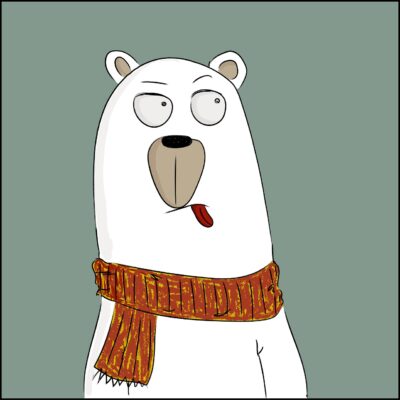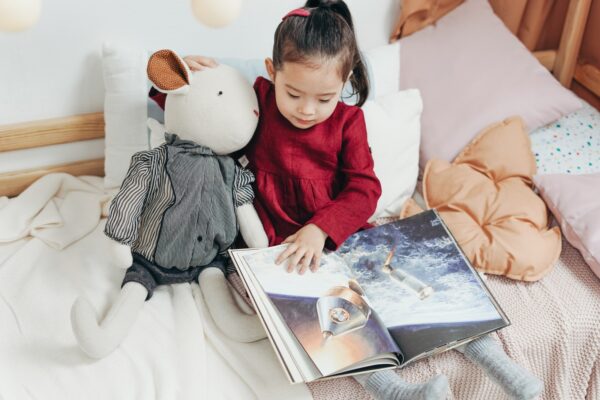 Books can be written in many genres. I like to write children’s books, specifically, picture books. Everybody and her sister has an idea for a children’s book. Which is great!
Books can be written in many genres. I like to write children’s books, specifically, picture books. Everybody and her sister has an idea for a children’s book. Which is great!
But, it’s a lot harder to write than you might think.
In this article, we’ll focus on a few key points to writing an effective children’s book for ages 0 through 6: design (plot and setting), length, language, and most importantly, subject matter(content).
Children are more than little people; they are special people.
DESIGN (Plot and Setting)
Let’s define “children.” Children are not just little people, they are people with limited frames of reference, centered egos, short attention spans, and maturing cognitive abilities.
How can you appeal to such flighty, egocentric beings?
You must “catch” them!
Stories must be in children’s frames of reference, such as their house, their neighborhood, or their school. Yes, you can use sci-fi, like other planets, but you must ground the plot in something familiar, a lost toy, a food, a holiday, a picnic.
For children’s books, the magic number is ‘3’: three bears, three pigs, and so on. Three challenges is the rule of thumb. So, if you set your story on a fictional planet and you want the child to find a way off the planet, you must have a minimum of three hurdles for the child to conquer before reaching the final goal. Maybe an alien frog hops into the cockpit, a giant alien plays basketball with the ship, and a third alien wants the child to be its pet. Figure out how the child solves at least these three problems in order to blast off.
LENGTH
A five-year old’s ability to focus on one topic is roughly 10 minutes. Twenty minutes, if you’re lucky, and the child is not sleepy, hungry, or grumpy. In the old days (the 1960s), a picture book could be 1,000+ words and 50+ pages long. In today’s world with competition from electronic games and life-like cartoons, children’s attention spans have dwindled. 500 words and less than 40 pages is preferable. Five to 10 minutes is about the length of the average bedtime story. In picture books, the pictures pick up most of the action and setting so you don’t have to waste words building a setting or describing the action. The rule for children’s books is ‘show’, not ‘tell.’
 LANGUAGE
LANGUAGE
I’m not talking about the language the child speaks, I’m talking about the vocabulary and word choice that you use in a children’s book. For the most part, keep the vocabulary simple. Use lots of action words. Let the pictures do the showing. It’s okay, too, to use a couple of bigger words that you can explain in the picture. Like “constellation,” or “appetite,” or “peaceful.” Increasing a child’s vocabulary is a good thing; confusing them with too many big words or concepts so they don’t finish the book is not a good thing.
Let’s say your character is a bear trying to get honey from the beehive. You could say, “The brown bear huffed and puffed as he climbed high into the birch tree, his sharp claws grasping at the slippery, smooth bark.” A good, descriptive sentence, but if you’re watching your word count, you might just say, “Bear huffed and puffed.” (Subject-predicate.) The picture might show the bear high in the birch tree reaching for the beehive, hanging on to the tree with one toenail. The bear’s facial expressions and body language would show his struggles.
Three more language hints:
(1) Avoid “dead” to-be and to-have verbs. These verbs do not supply any action:
I- am, was, have, had
She, he, it- is, was, has, had
You- are, were, have, had
They- are, were, have, had
We- are, were, have, had
(2) Don’t start sentences with pronouns, name your subject. Don’t be afraid to keep using a noun. Repetition is how children learn. For example, “Bear huffed and puffed.” “Bear stuffed his face.” “Bear snored, sleeping, belly full of honey.”
(3) Kids love to laugh! Keep your language lighthearted and fun. The pictures should be fun and colorful.
SUBJECT MATTER (CONTENT)
Always the hero of a children’s story MUST be a child the age of the child you are trying to appeal to. (Or it could be an anamorphic character that is the same age as the child.) A parent or a teacher or a professional sports player cannot be the subject. In the sci-fi example above, the child was the hero. In the second example, a bear was the hero.
Rule of thumb- do not broach the topics of war, death, starvation, sex, or anything that could scare (or scar) a child. Once you become a published and well-known author, you might want to tackle an adult issue, but for beginning children’s book writers, there are plenty of other issues to talk about.
To top that, the child (or anamorphic character) MUST be the ultimate problem-solver. A parent or teacher cannot offer the solution. For example, if your child is three years old and Mom and Dad have gotten fed up with the child using a pacifier, the parents can suggest ways to stop using the pacifier, but ultimately, the child must find a solution to getting rid of pacifier dependence. If your hero is a cat and the cat get’s stuck in a tree, then the cat must figure out how to get unstuck.
 SUMMING UP
SUMMING UP
So, that basically sums up how to write an effective, likable kid’s picture book.
Here is my formula:
- Use the child’s life as a reference.
- Have the child (or anamorphic character) solve at least three problems before wrapping up the story.
- Keep the word count to 500 words (That’s not much so use words with high impact.)
- Let the pictures describe the setting, action, and descriptive elements (colors and emotions).
- Use action words, not empty verbs.
- Repeat the name of your character instead of starting sentences with pronouns.
- Use humor. (One more thing about humor: Parents love to laugh, too. Puns and double-entendres may be over the children’s heads, but parents will enjoy them. And, hopefully, they’ll keep buying your books!)
- The child MUST be the hero. If your hero is anamorphic, it must be your child’s age.
- The child or character MUST be the problem-solver.
And my last bit of advice—spend time at the library in the Children’s section. Learn your audience and what they find appealing and funny. Who knows? You may find a book that follows a different formula. In the Adult section, you might even pick up a book on cognitive development and the stages children go through.
For added reference, you can look at my books. I practice what I preach! In fact, I am a bit of a minimalist. Most of my word counts are less than 300 words; my page number length is around 30. I am my own illustrator, too. You can see how I use pictures to portray action and emotion. For more information on I do this, please go to my Amazon page HERE.
Children are more than little people; they are special people.
[Editor’s note: WAG would love to see articles on any and all topics of interest to writers. Please send your ideas or finished pieces to Cynthia D. Bertelsen at BlogEditor@writersalliance.org for consideration. Remember: these posts are more than just posts, for they are actual articles and can be cited in your CV/résumé in the same way you would a short story, essay, or any other writing credit you may possess.]

Bonnie T Ogle
Jenny, fantastic! I hope this post generates lots of sales and lots of happy readers! Good job!
Jenny Dearinger
Thank you! The praise of a fellow children’s book writer is a great endorsement!
Marie Q Rogers
Jenny, no wonder your books are so engaging! Thank you for this excellent advice.
Jenny Dearinger
As you are a very well respected author, your praise means a lot. Thank you!
Jenny
Suzanne S Byrne
Congrats, Jenny. What a great article. I’m feeling inspired.